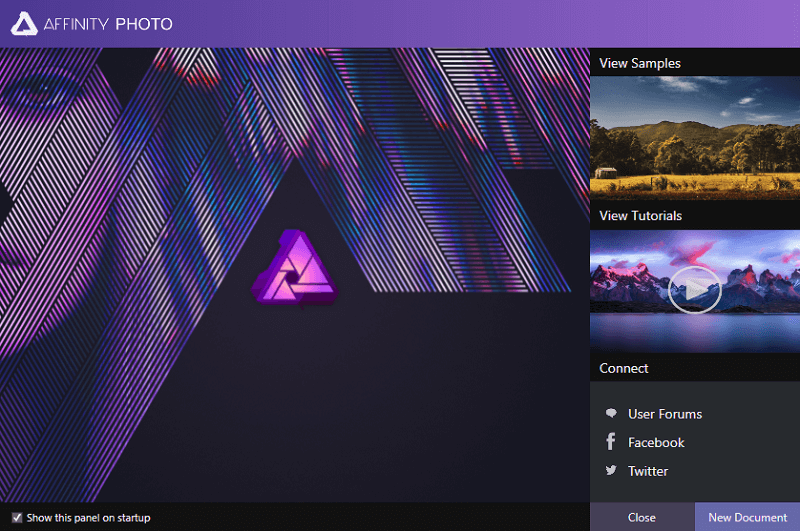
To do so, I click Develop in the top-left corner. When ready, it’s time to take the image into the main Photo Persona, where additional adjustments will be performed. I’ll clean it up by applying the following adjustments: Before I do, however, I’ll select the RAW Layer (Embedded) option on the context toolbar, as this will allow me to redevelop the image should I wish to do so at a later time. Let’s have a look at how this new feature can come in handy.įirst, when loading the file in the app, I am greeted by the Develop Persona. This results in a smaller file size as file data is linked externally. RAW Layer (Linked) references the RAW data to the file in its location. This results in a larger file size depending on the number of adjustments and subsequent layers added. RAW Layer (Embedded)-This will embed the original RAW data with the document. Expand the list and you’ll notice two other options, which will allow you to return to the Develop Persona and re-edit your image.

Upon opening your RAW file, you’ll notice that the process defaults to the Pixel Layer. To get started and to be able to jump back into your RAW image development in the Develop Persona, we need to look into some settings available on the context toolbar. Non-destructive RAW editing is finally here, and now in Affinity Photo 2 for both iPad and desktop, you are able to return to and redevelop your image at any time. Read on to find out more about this new and highly anticipated feature. In Affinity Photo 2, you can now use the Develop Persona in a non-destructive RAW workflow as your ideas emerge.

How to develop RAW files non-destructively with Affinity Photo 2


 0 kommentar(er)
0 kommentar(er)
